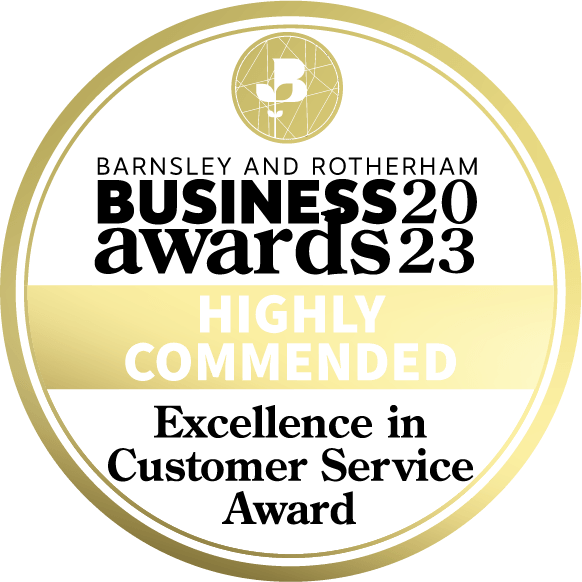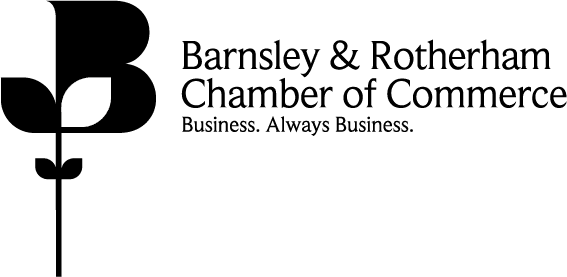With the latest Google algorithm updates resulting in dramatically less AI generated being returned by them, Raspberry Flamingo have decided to officially offer an editing service.
Google announced in March 24 that it wanted to reduce unoriginal content (that means AI generated content in Google speak) by 40% immediately. And that figure will only increase.
What this means in real terms is that websites which have done well in terms of ranking, organic traffic, and enquiries are seeing a significant drop off.
The issues with AI generated content
I have always said AI should only be used to generate short form content – social media posts and maybe emails.
I have no problem with it being used to research subjects, get ideas for content, make suggestions for content structure…
However, AI generated content cannot meet Google’s requirements for long form text – website copy, blogs, articles, etc.
What we are now finding is that clients are coming to us with their AI generated content so that it can go through our editing service or be completely re-written.
In some instances, the AI generated content has been wholly inaccurate and in others the content has been on two very different subjects within one piece of content!
It’s really not good.
What Google are after with long form text
Google have some quite specific requirements for both website copy (pages) and content (blogs and articles).
They want specific primary keywords for each page/blog/article.
Each web page needs a different keyword to the next.
The primary keyword must be used in certain places on each page/blog/article and in a particular density (keyword stuffing is a thing of the past!)
Content must not be duplicated from one page to another.
The copy and content must address the reader.
So, the old fashioned ‘we’re an award winning service with excellent, highly trained staff’ kind of copy no longer works as that’s about you and not the reader.
You must demonstrate E-E-A-T on every page/blog/article.
That stands for experience, expertise, authority, and trustworthiness. (You can find more on this in another blog on here.)
They also like links – both internal and external.
That’s quite a lot for a non-SEO copy or content writer to take into consideration, and that’s why we have launched our editing service – or, of course, we can write everything from scratch for you.
I have always said, and I will continue to say, if you are writing (or worse still paying for someone else to write for you) copy or content to publish digitally that does not contain the correct on-page SEO, you are wasting your time and money.
And now nothing more could be true due to the new algorithm.
Raspberry Flamingo’s Editing Service
If you are generally happy that the copy and content on your website is accurate and covers everything it needs to, then our editing service is for you.
We’ve always provided the service, but we’ve never advertised it – until now.
It’s a quick, easy, and cost-effective way to get your website updated, on-page SEO inserted, and all the other elements Google are looking for ticked off.
Some clients are asking us for our editing service for their whole website, others for their blogs and articles… whatever element you need us to look at, we can.
We are happy to audit your website for you and let you know what needs to be done.
And our editing service can be implemented in a phased approach, if you wish.
Some clients ask us to update their last 10 blogs. Others their pages. Some ask us to do a certain number per month until the project is complete.
If you would like a chat about our editing service, then please contact Claire through the contact form at the bottom of the page or by sending her a Whatsapp message (QR code below).

The author
Claire Taylor Foster is the founder of Raspberry Flamingo Copywriting and Content Marketing.
She started her copywriting and marketing after leaving school way too long ago to mention! Direct Response Copy is her passion. Read more on Claire here.
As far as Claire’s concerned, if copy and content doesn’t contain ‘on-page’ SEO, then it’s pointless publishing it! (Unless of course, paid advertising is going to drive the traffic.)







